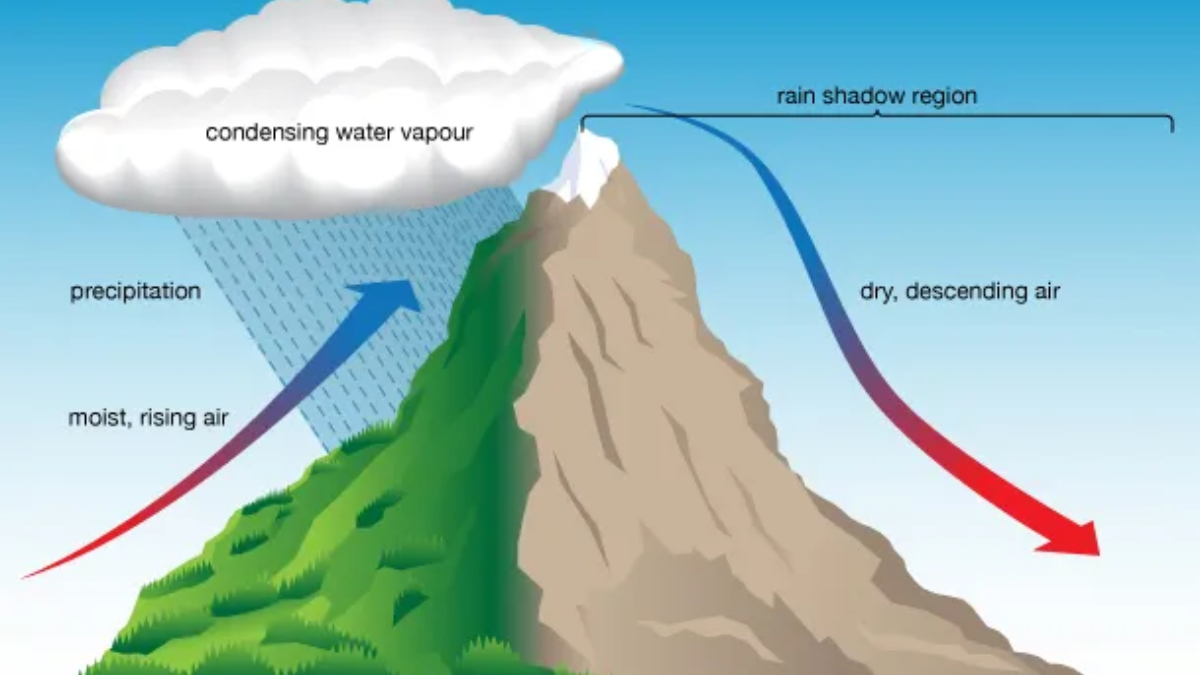Table of Contents
Introduction
Ever wondered why cities seem to have their own weather vibe? It’s like they’ve got a weather switch of their own! Let’s talk about it without diving into complex science stuff. Imagine cities as weather magicians – the tall buildings, busy streets, and all that city hustle create their own little weather stories.
Definition of Microclimates
A microclimate is a localized atmospheric zone where the climate differs from the surrounding areas. Microclimates can be found in a variety of settings – from a city park to an urban neighborhood.
Significance of Understanding Urban Microclimates
Understanding urban microclimates is essential for city planning and development. It aids in the creation of sustainable cities, reduces heat-related illnesses, and optimises energy use.
Natural Factors Influencing Urban Microclimates
Topography and Geographic Location
Cities located in valleys or on coastlines may experience different microclimates due to variance in altitude or proximity to water bodies.
Vegetation and Urban Green Spaces
Urban green spaces such as parks and gardens can significantly influence a city’s microclimate by providing shade and reducing surface temperature.
Water Bodies and Urban Heat Islands
Cities with large water bodies can experience a milder microclimate, while those devoid of natural water bodies may experience a phenomenon known as the urban heat island effect.
Anthropogenic Impact on Urban Microclimates
Urban Heat Island Effect
The urban heat island effect, where urban regions are significantly warmer than their rural surroundings, is primarily a result of human activities.
Buildings and Infrastructure
The design, materials, and orientation of buildings can dramatically modify the microclimate by altering wind flow and solar radiation patterns.
Transportation Systems
Transportation generates heat and pollutants, contributing to the city’s overall heat and altering the microclimate.
Meteorological Factors in City Microclimates
Temperature Variations
Urban microclimates often exhibit higher temperatures due to factors like reduced vegetation, increased human activity, and architectural factors.
Precipitation Patterns
Urban areas may experience altered precipitation patterns due to the presence of pollutants, heat, and buildings.
Wind Flow and Urban Canyons
Tall buildings can create ‘urban canyons’ that disrupt natural wind flow, creating unique microclimatic conditions.
Human Activities and Urban Microclimates
Industrial Emissions
Industrial emissions contribute significantly to urban microclimates by increasing temperatures and altering precipitation patterns.
Urbanization and Land Use Changes
Rapid urbanization, resulting in deforestation and increased built-up areas, plays a significant role in the creation of urban microclimates.
Energy Consumption
High energy consumption in cities generates more heat, contributing to higher urban temperatures and the formation of microclimates.
To understand Microclimate in Detail
Video: https://youtu.be/4wLYHhsveeg?si=17duFBM8-gbowW51
Technological Solutions for Urban Microclimate Management
Rapid advancements in technology offer promising solutions for the management of urban microclimates. These solutions range from remote sensing tools that monitor urban heat islands to green technologies that mitigate their effects.
Smart City Initiatives
Smart city initiatives harness the power of technology to improve the urban environment. Sensor networks, Internet of Things (IoT) devices, and artificial intelligence algorithms can help monitor and manage urban microclimates in real-time, enhancing urban living conditions and sustainability.
Climate-Responsive Urban Infrastructure
Climate-responsive infrastructure is a key technological solution for microclimate management. For instance, green roofs and walls, cool pavements, and effective waste management systems can significantly lower urban temperatures and contribute to creating a healthier urban microclimate.
Emerging Technologies
Emerging technologies such as advanced modeling software and drone mapping can provide detailed insights into urban microclimates. These technologies are invaluable tools for urban planners and decision-makers, as they can help predict the impact of urban development projects on microclimates.
Conclusion
Urban microclimates, although complex and influenced by myriad factors, can be effectively managed with the right strategies and technologies. By understanding and addressing the unique climatic conditions of cities, we can make urban environments healthier, more sustainable, and more enjoyable places to live.
Recap of Key Findings
We have learned that cities host unique microclimates influenced by natural, anthropogenic, and meteorological factors. We’ve also explored how human activities, particularly related to urbanization and industrialization, exacerbate these microclimates, leading to the urban heat island effect and altered precipitation patterns among other phenomena.
Call to Action for Sustainable Urban Development
To ensure sustainable urban development, it’s imperative that city planners, decision-makers, and individuals understand the importance of managing urban microclimates. The adoption and implementation of smart city initiatives, climate-responsive infrastructure, and emerging technologies can play a pivotal role in enhancing urban sustainability and resilience against climate change.
Frequently Asked Questions
Q1: What is an urban microclimate?
An urban microclimate refers to the unique climate conditions in a specific urban area, influenced by several factors including topography, vegetation, water bodies, buildings, transportation systems, and human activities.
Q2: What is the urban heat island effect?
The urban heat island effect is a phenomenon where urban regions are significantly warmer than their rural surroundings, primarily as a result of human activities such as heat and pollution generated by transportation and high energy consumption.
Q3: How can technology aid in the management of urban microclimates?
Technology can play a crucial role in managing urban microclimates. Smart city initiatives, climate-responsive infrastructure, and emerging technologies such as sensor networks, IoT devices, and advanced modeling software can monitor, predict, and mitigate the impacts on microclimates due to urban development.








![Newzvilla Maruti eVX Electric SUV to Feature Dual Screens and Rotary Dial [Video].](https://newzvilla.co.in/wp-content/uploads/2024/04/Screenshot-2024-04-04-212840-551x431.png)




Leave feedback about this